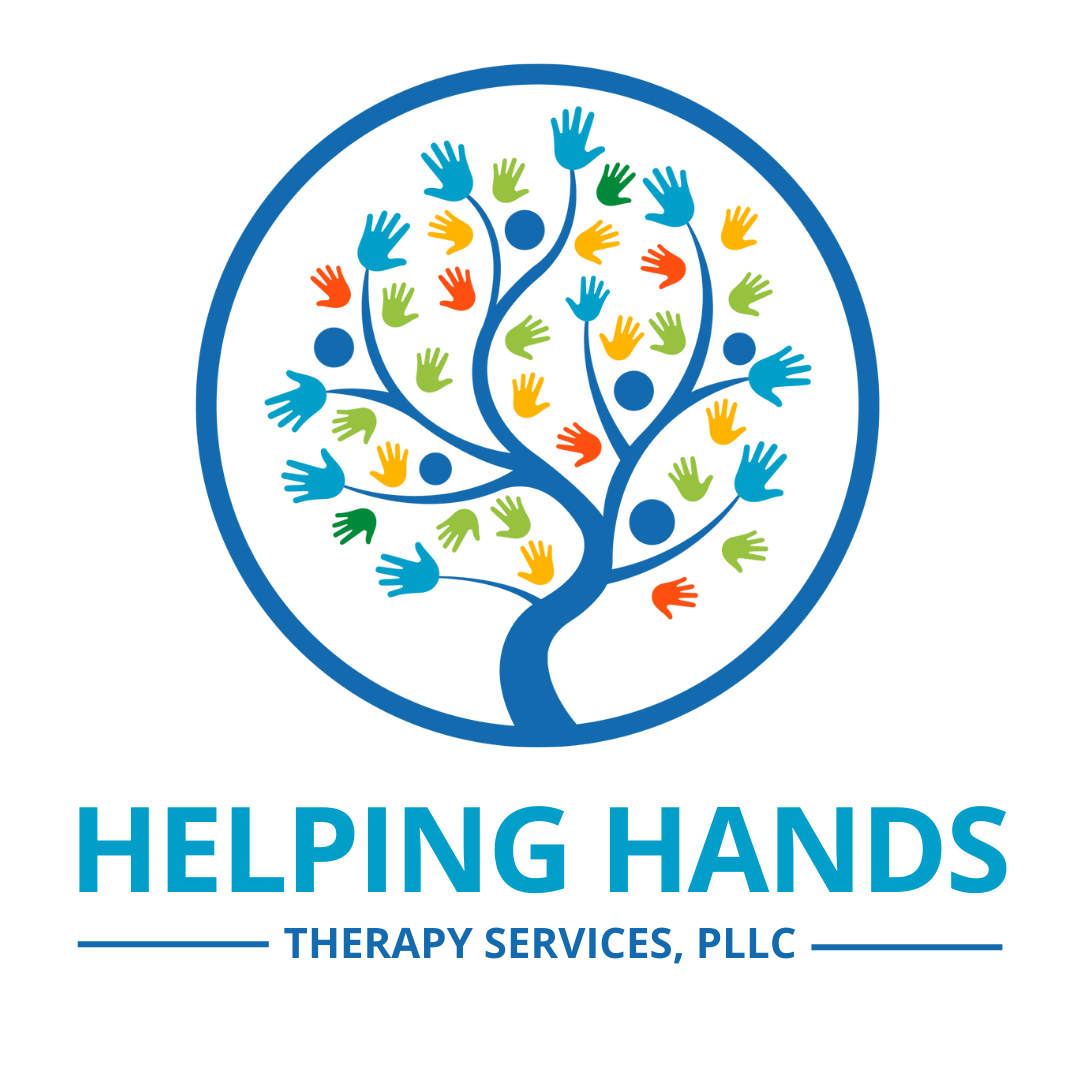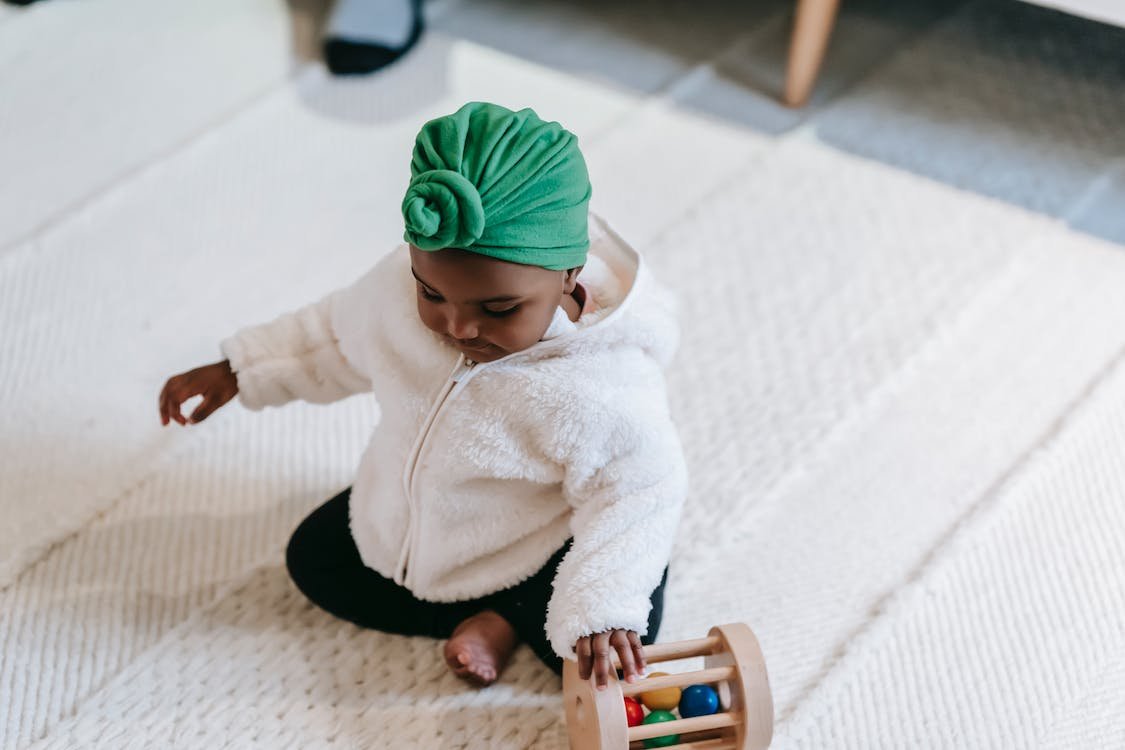What’s the Job of a Child?
The Importance of Play for Child Development
What’s the most important job of a child? To do their math homework? Maybe it’s to clean up their toys or mind their siblings.
I’ll give you a hint.
Your child’s most important job comes naturally. It’s enjoyable and–as long as they’re healthy–your child works hard at it every day. It’s the most effective way for them to learn social skills, motor skills, and language skills.
The most important job your child needs to do is play.
Play is an essential occupation of children. According to an article(1) published by the American Academy of Pediatrics,
“Play leads to changes at the molecular (epigenetic), cellular (neuronal connectivity), and behavioral levels (socioemotional and executive functioning skills) that promote learning and adaptive and/or prosocial behavior.”
Play isn’t an “extra,” it's essential.
It’s a developmental process that grows patterns of actions to foster learning and benefit others (prosocial behavior). The article describes play as a necessary requirement for healthy development.
Play helps develop independent and cooperative skills that will carry your child through life.
Quality play helps develop skills like…
Fine motor and gross motor control
Resilience to stress
Language comprehension and use
Appropriate, positive social interactions
Executive functioning
Your child is hardworking at what they’re hardwired for. And they didn’t even have to submit a resume.
Job Description: So, What’s Play?
Defining play is a smidge ambiguous at first glance. Play is defined by a bunch of experts in lots of different circles. The occupation of play is complex and can be challenging to condense.
But let’s try it anyway.
According to an academic article(1) published in 2018, play is defined in several sources as,
“an activity that is intrinsically motivated, entails active engagement, and results in joyful discovery. Play is voluntary and often has no extrinsic goals; it is fun and often spontaneous.”
An academic article(2) published in the British Journal of Occupational Therapy describes play as a process rather than an end result. The article states,
“Play is a subjective experience of joy and fun that comes from engaging in freely chosen, intrinsically motivated, self-directed meaningful occupations; play transactions take place between [the] child and the environment (including the virtual); play is about the process of engagement rather than the product.”
So, to give us a starting point, play is…
Active – the child uses their brain and body during play. This may–and often does–mean they use their senses, cognition, motor function, social skills, problem-solving, and language skills.
Chosen – the child initiates the play activity of their own volition. They capitalize on freedom of choice as little CEOs of imagination.
Enjoyable – the child enjoys the activity, and it’s why they choose it. Play activities are meaningful to the child. Play is often fun, unplanned and results in learning something.
A Process – the end goal is for the child to functionally engage in an enjoyable, meaningful activity. The process of active engagement is prioritized over the product.
“Play is not just about having fun but about taking risks, experimenting, and testing boundaries.” – (1)Michael Yogman, M.D., et. al.
What are some examples of play?
In everyday life, play looks different for each child. This is because each child is in a different stage of development, and has unique interests and unique functional capabilities.
Play could mean making a paper airplane and racing it with a sibling. It could be about discovering how gravity works by stacking blocks and knocking them down. Play could be as complex as a soccer game or as simple as poking a row of sticks into the ground.
For a child with limited capacity for communication, play could mean throwing a toy—or spaghetti—on the floor to see who will pick it up. A common life experiment for discovering cause and effect—chief scientist? Your two year old.
Whatever your child’s chosen play activity, they are enjoying play for its own sake–and this is their most important job.
When Life Stops Play in Its Tracks
So, what about children who don’t or can’t play?
For some children, the magic of play is missing or misunderstood. It’s stolen or distorted by disease, trauma, or other conditions that limit function.
Once upon my clinical rotations, I had the pleasure of working with my youngest patient to this day—a charming little two-year-old. This little guy had a lot of health complications that prevented him from developing typically.
His first year was spent in hospitals, connected to IVs and being passed from one doctor to another. A large chunk of his new, barely lived life involved his body being immobilized, poked, prodded, tested, and bandaged. And that is a LOT for a little body and mind to go through.
He had a lot of catching up to do as a kid.
He’d missed out on the experience of crawling over and under objects. He was just now learning to use his body and adjust to change in the environment. His eyes were just now learning to work together and to work independently of his head position.
But he came to occupational therapy to play. And he began to grow into a typically developing two-year-old.
Our main job was simply playing with him and filling in developmental gaps–to present him with challenges that would help him develop typically.
Simple, right? Maybe.
As a goal-oriented person, it was very difficult to see play as a process and embrace that definition. There were treatment goals to accomplish, and our team chose activities with developmental research and current treatment methods in mind, but the end goal was a process.
The end goal was for our patient to play.
Maybe you’re goal-oriented too. When it comes to play, it’s important to remember the process of playing is the end goal. Play has a great purpose for child development.
Play has value in and of itself to get your child back on the developmental track or keep them rolling along it.
Your Job: How Parents Can Facilitate Quality Play
Play is an indicator of healthy development. It’s part of being human. It’s motivation for a child to move, seek, discover, and learn how to use their body to navigate the environment.
Keeping open space for your child to just play is essential for their development. Parents can help by structuring unstructured time for quality play.
Leave an hour open each day.
This can be a sort of “sacred play hour” when your child doesn’t have to do chores, homework, extracurriculars. Encourage them to use this time to just play. Play should be purposeful and intentional but also chosen and self-directed by the child.
Remember, the process is the end goal.
Occupational Therapists Enable Play for Typical Development
Just like our two-year-old who was born with a myriad of health complications, there are several other reasons a child may find it difficult to play. Let’s explore some diagnoses and conditions, how play is affected, and how therapy can help.
Joint Dysfunctions, for example. There are many that make typical active play difficult and painful.
Let’s use Ehlers-Danlos Syndrome (EDS) for example. This genetic disorder causes hypermobility of joints. Simple play activities may cause joints to move out of place, or move unexpectedly, causing pain. Children with this syndrome are also at a higher risk of arthritis, earlier in life.
Pediatric occupational therapy and physical therapy can help address joint dysfunctions in EDS and other joint-related conditions like Juvenile Rheumatoid Arthritis (JRA) and Juvenile Idiopathic Arthritis (JIA).
Occupational therapists and physical therapists…
teach safe, gentle strengthening and range of motion exercises
teach joint protection techniques
recommend splits to support joints during play and general mobility.
For autistic children or children diagnosed with a cognitive-related impairment, difficulties in social understanding significantly limit cooperative play. Occupational therapy provides opportunities for social skills practice so that your child will understand nonverbal communication.
Occupational therapists help children with autism or social/cognitive dysfunctions practice and learn to…
Take turns
Initiate conversations
Respond appropriately to questions
Stay on topic
Recognize facial expressions and emotions
Use eye contact
Decode body language
When your child is set up for success socially, cooperative play will come naturally and with greater enjoyment. Understanding social interaction skills and implementing them is key for participation in group play.
Play Group at Helping Hands Therapy Services
Our team at Helping Hands Therapy Services understands how important it is for your child to play. We also understand that your child may have a difficult time with play because of a physical, cognitive, or social roadblock.
We provide pediatric occupational therapy, physical therapy, and speech therapy. Our licensed therapists incorporate play into sessions to motivate your child to explore and master their environment. Our trained therapists are skilled in adapting activities to suit your child’s individual needs and motivate participation.
Play is an end but also a means to learn and grow.
Our Say and Play Summer Camp is a wonderful opportunity for your child to grow their language skills, prevent the summer backslide, and have an amazing time. This group specifically focuses on play skills as well as motor, social, and language development.
Some skills we help develop that support the occupation of play are:
Gross motor skills
Fine motor skills
Social interaction skills
Executive functioning (planning, remembering, doing)
Language skills
Problem-solving
Active engagement in play for its own sake is also a staple at the clinic. That’s why we offer open play time in our Sensory Gym. So, if you're looking to schedule unstructured playtime but don’t know where to start, this is a great first step.
Come let your child run wild!
Helping Hands Therapy Services offers a variety of other summer camps from now through August.
Click the link below to see some options and sign up:
We like to make our groups small to keep quality big. Spots are limited and dependent on staff capacity.
We don’t want you to miss you, so claim your spot and sign up today!
References
(2)https://journals.sagepub.com/doi/pdf/10.1177/0308022616664540
Blog written and formatted by Victoria S. Eilers, COTA/L
Practicing Occupational Therapy Assistant, and Copywriter at The Copywriting COTA












